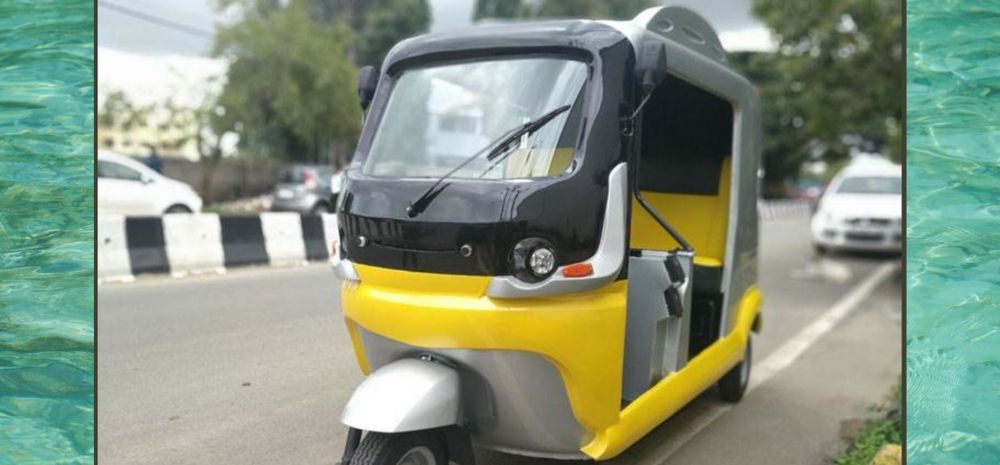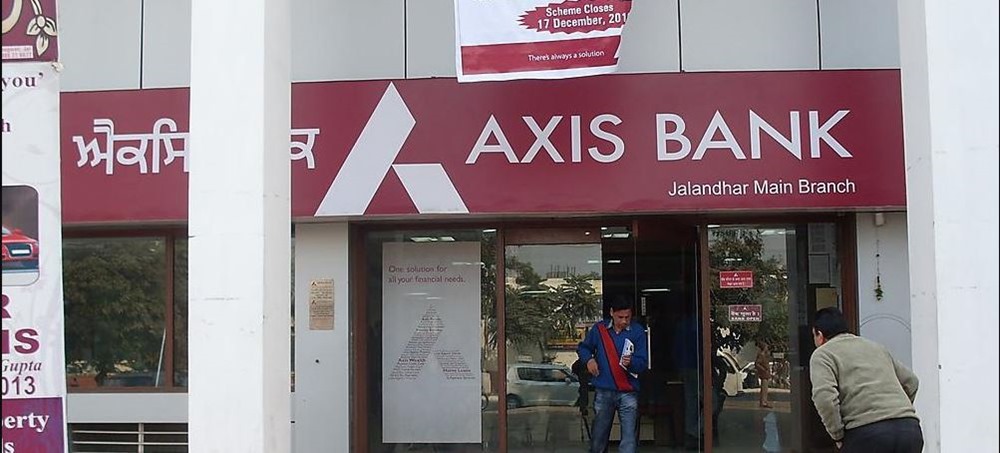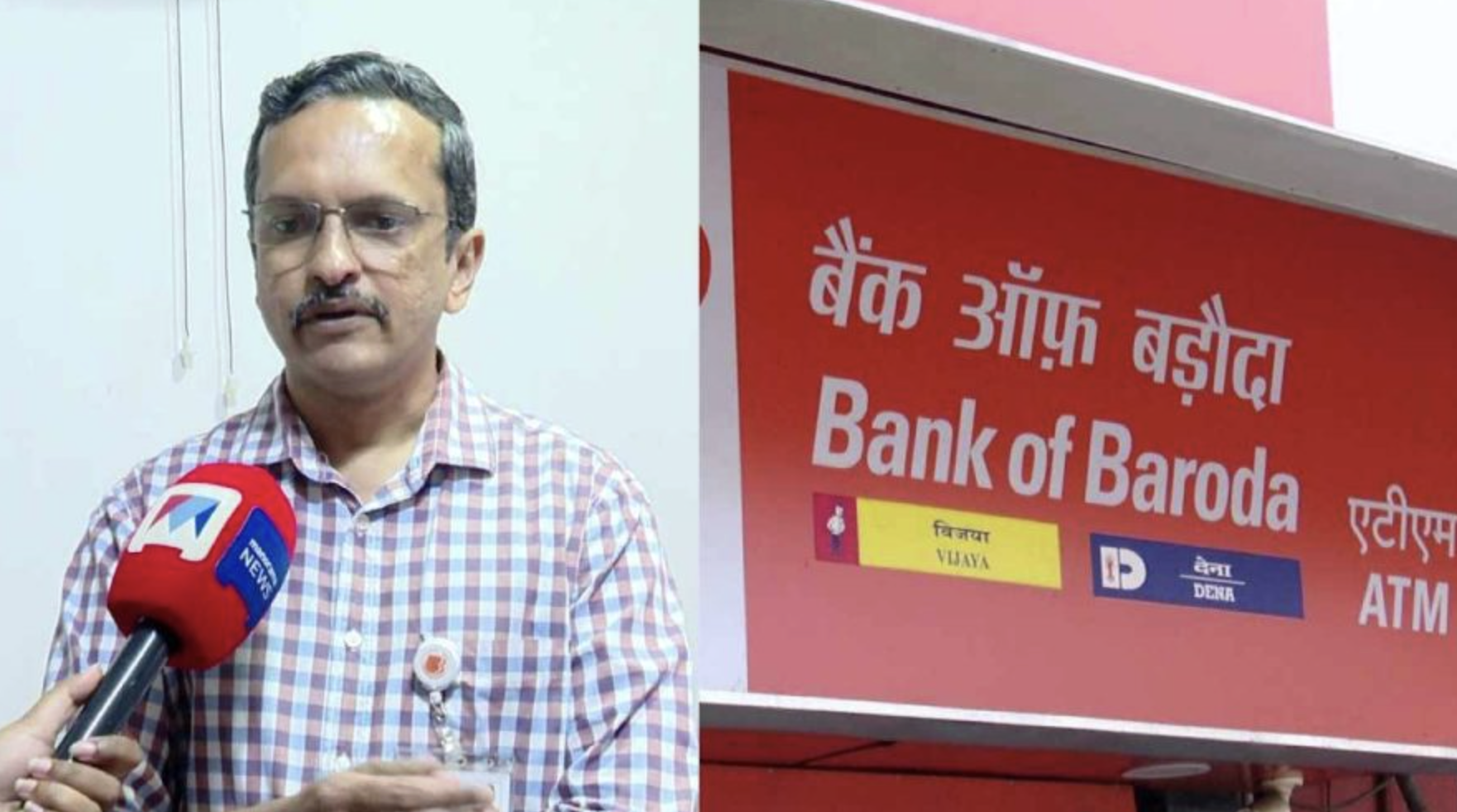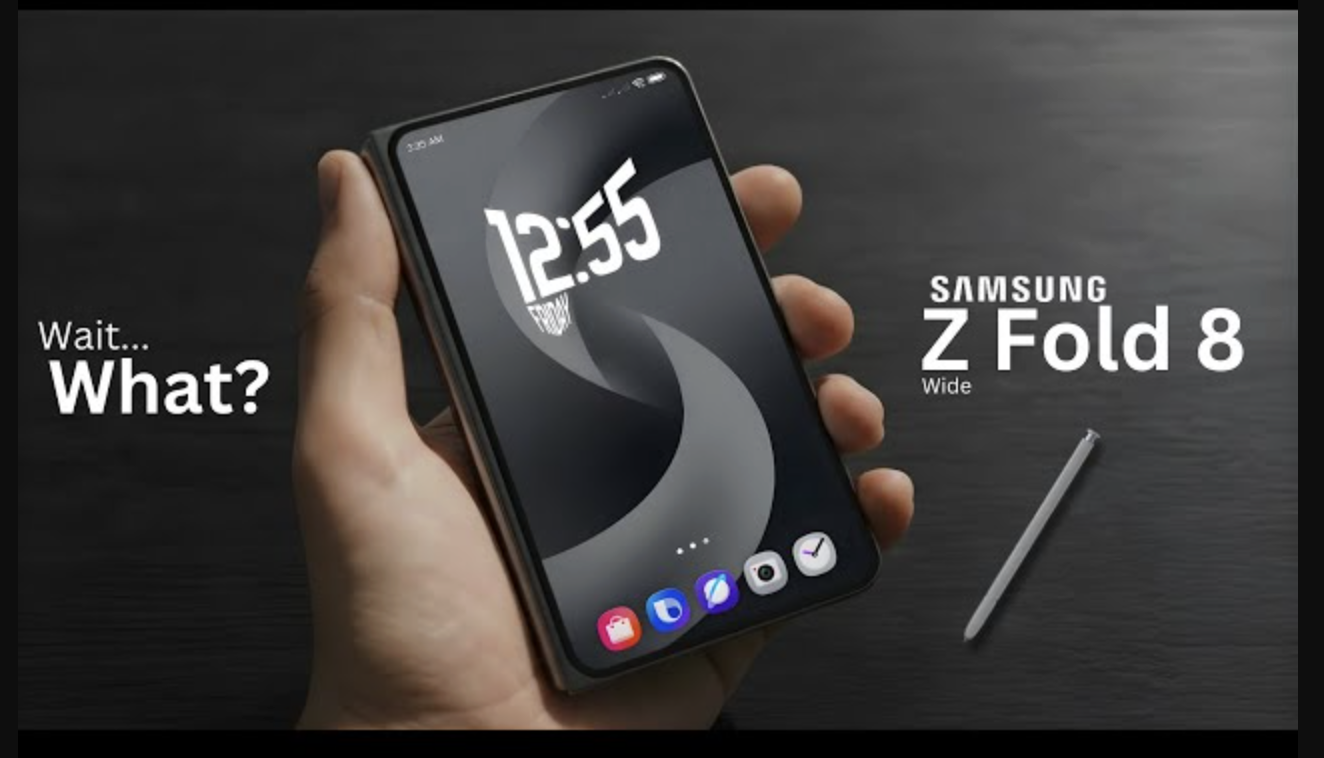According to the industry body Society of Manufacturers of Electric Vehicles (SMEV), the financial year 2023 (FY23) has been India’s electric vehicle (EV) industry touching a milestone of one million unit sales.

SMEV said that despite the sales of electric two-wheeler (E2W) segment contributed 61 per cent to the overall electric vehicle sales of 1,177,938 units, it is way shorter than the number targeted by the Niti Aayog.
Fiscal Year 2023 Sees One Million Unit Sales in EV
In FY23, the E2W segment, the industry sold 7,26,976 high-speed E2W (speed>25km/hr) as against the NITI Aayog’s projection of 1 million plus E2W sales.
With 4,01,841 units, at 34% the EV three wheelers sales stood at the second spot. The numbers and overall percentage of total sales for four-wheelers and electric buses is 4 per cent or 47,217 units and 1,904 units or 0.16 per cent respectively.
SMEV said in a statement that “The E2W adoption fell month-on-month (MoM) over the targets ending with an annual shortfall of more than 25 per cent over the minimum target set by Niti Aayog and various research organisations”.
As per the industry body, what affected the sales was not the consumer demand, but it was the withholding of subsidy.
More than Rs 1,200 crore subsidy already passed on by the majority of original equipment manufacturers (OEMs) to the customers was delayed under the pretext of localization.
SMEV said that another hiccup was the Rs 400 crore of the OEMs operating in the premium end getting stuck due to the allegation of under-invoicing to bypass the FAME norms. These OEMs, as per the allegations resorted to under-invoicing to bypass the FAME norms leading to the crippling of their business operations due to extreme shortage of working capital.
FAME2 had a dramatic effect on E2W adoption as it decreased their prices by around 35 per cent, said Sohinder gill, DG SMEV. He said that “This started attracting the component supply chain that had earlier shunned anything to do with E2WS because of extremely low volumes and it is only in the late 2021, suppliers started queuing up to OEMS to show their eagerness of developing EV components.”
He said that in order to localize, it took the suppliers a period of 12-18 months, and now most of them have started setting up sufficient capacities.
Malicious Intent to Derail the EV Mission: DG, SMEV
Touching down on the topic of controversy over subsidy claims and localisation content per vehicle, Gill added, “Some persons with malicious intent unleashed a campaign to put a stop to this dream run. These persons must be rejoicing the complete derailment of the EV mission of India by forcing the policy makers to take a “black or white” position on the policy rather than a pragmatic approach of flexibility in the implementation due to factors beyond the control of the OEMs.”
On the other side, the EV industry grew by 62 per cent since FY22, when 7,26,861 EV units were sold.
He added that with only 5 per cent adoption in FY23, the short-term goal of 30 per cent, and the EV mission of 80 per cent adoption by 2030 looks more like a mirage.













